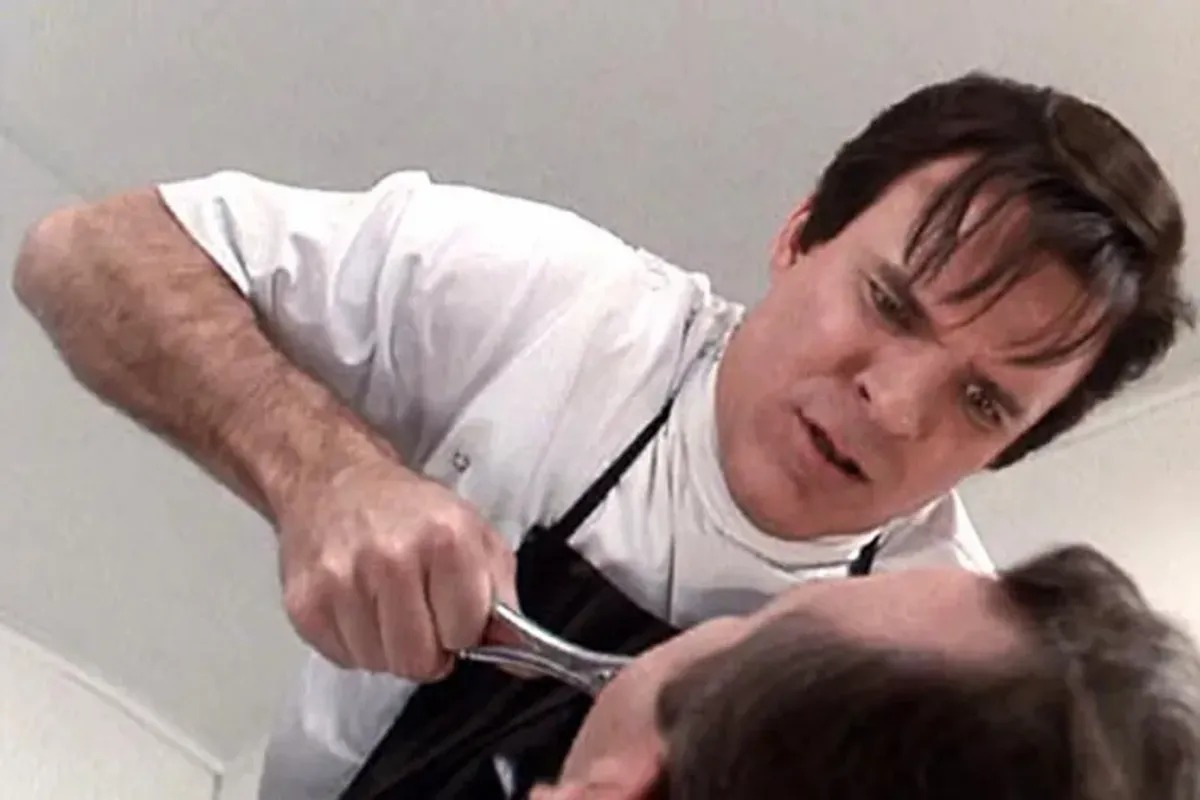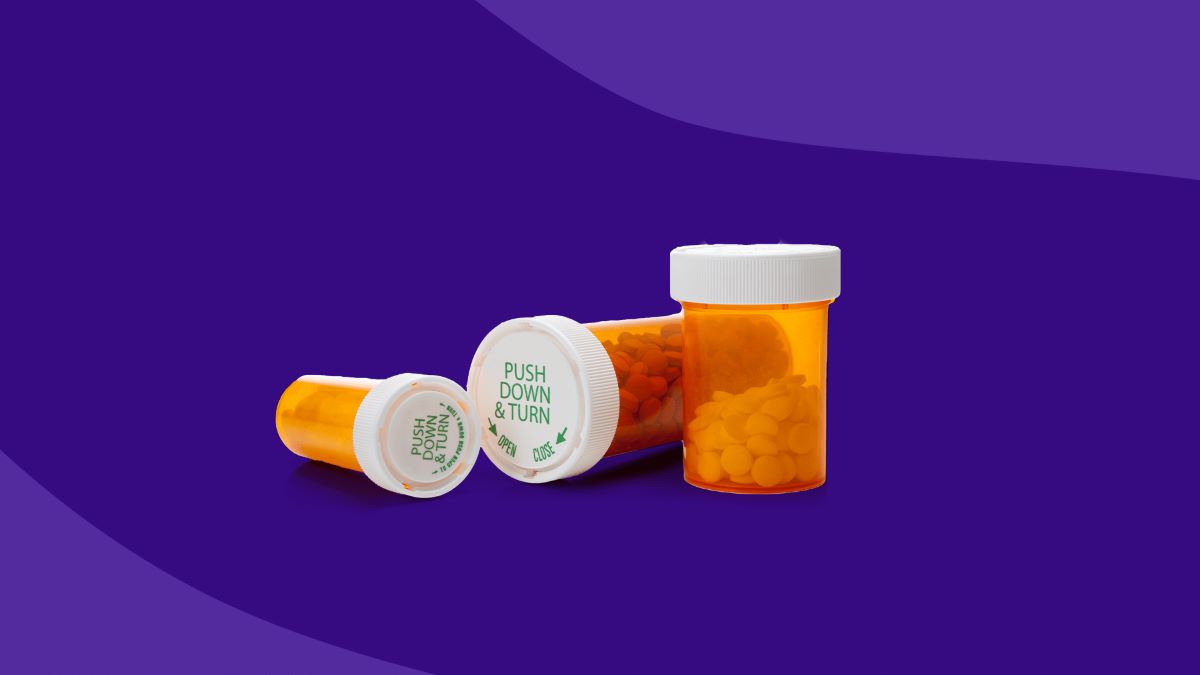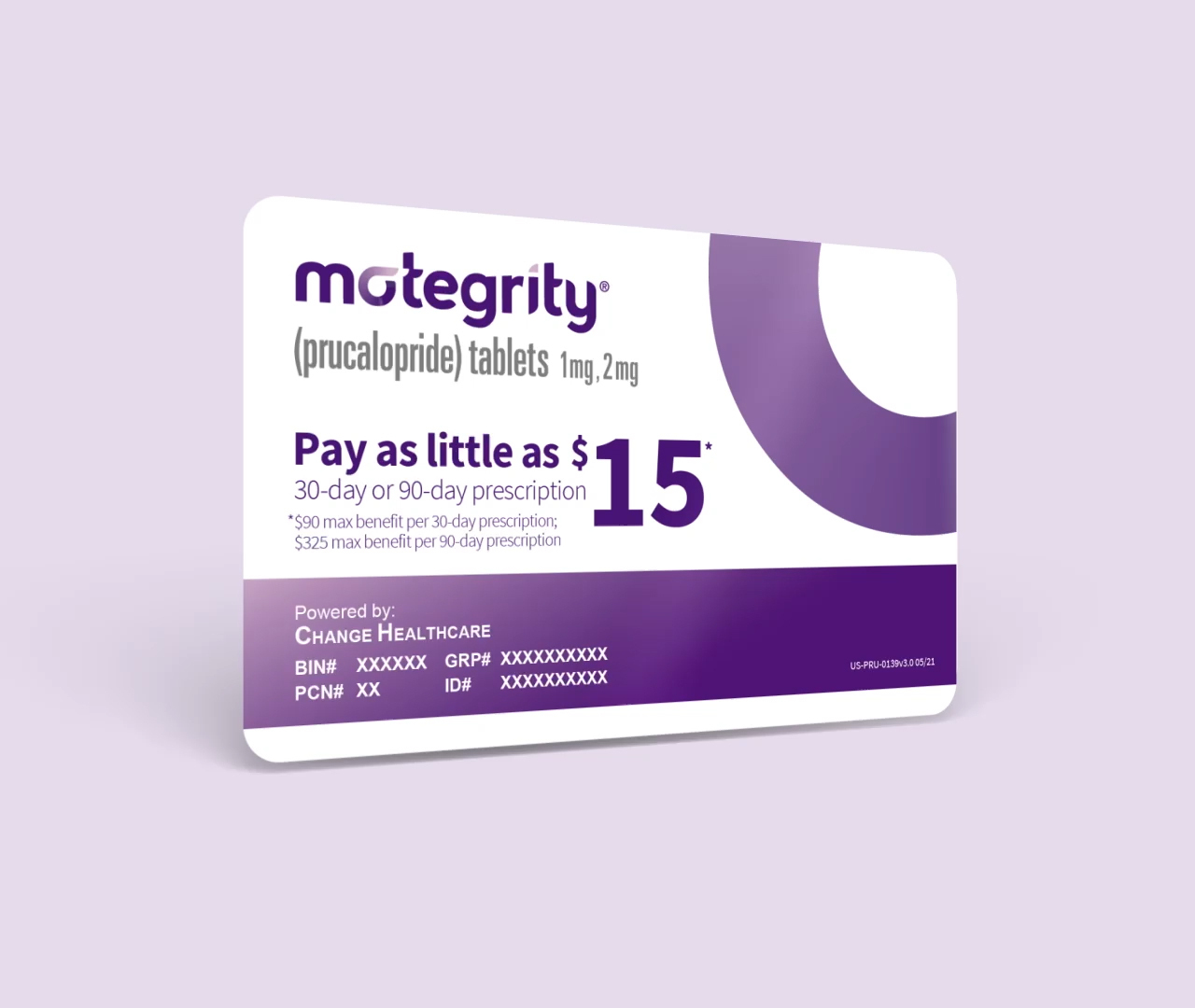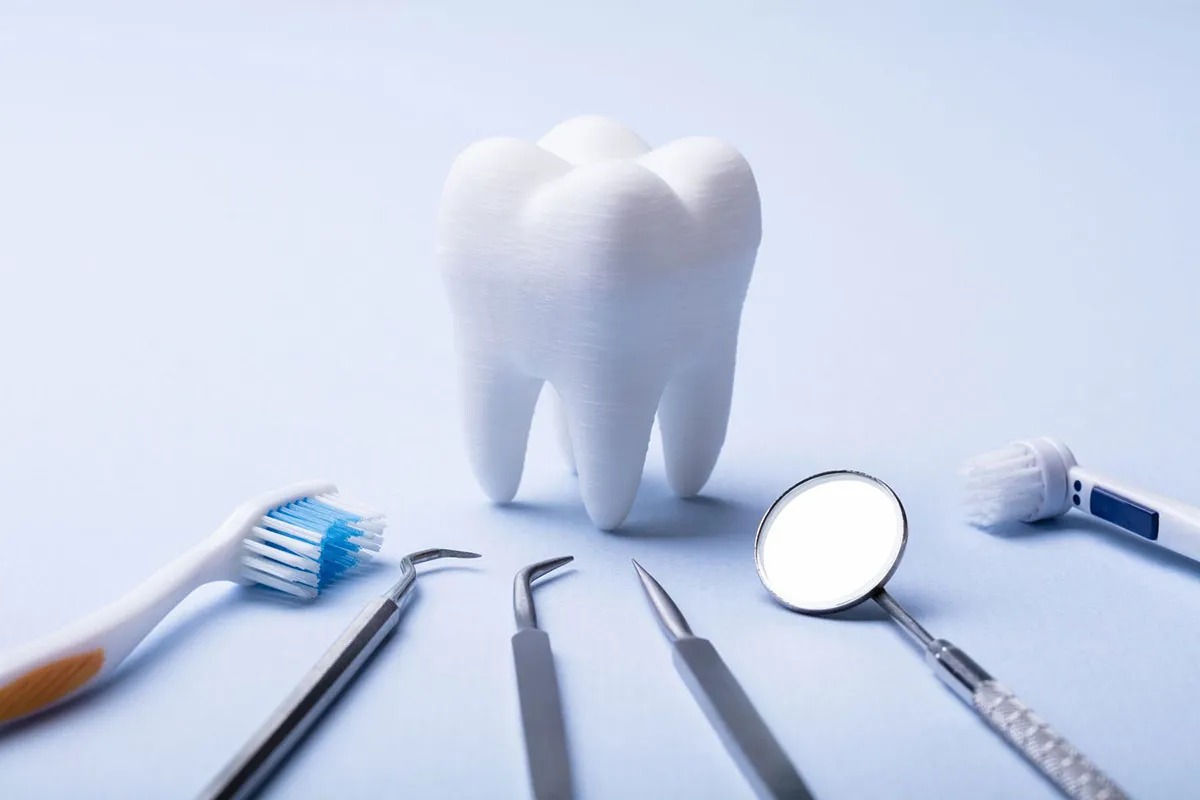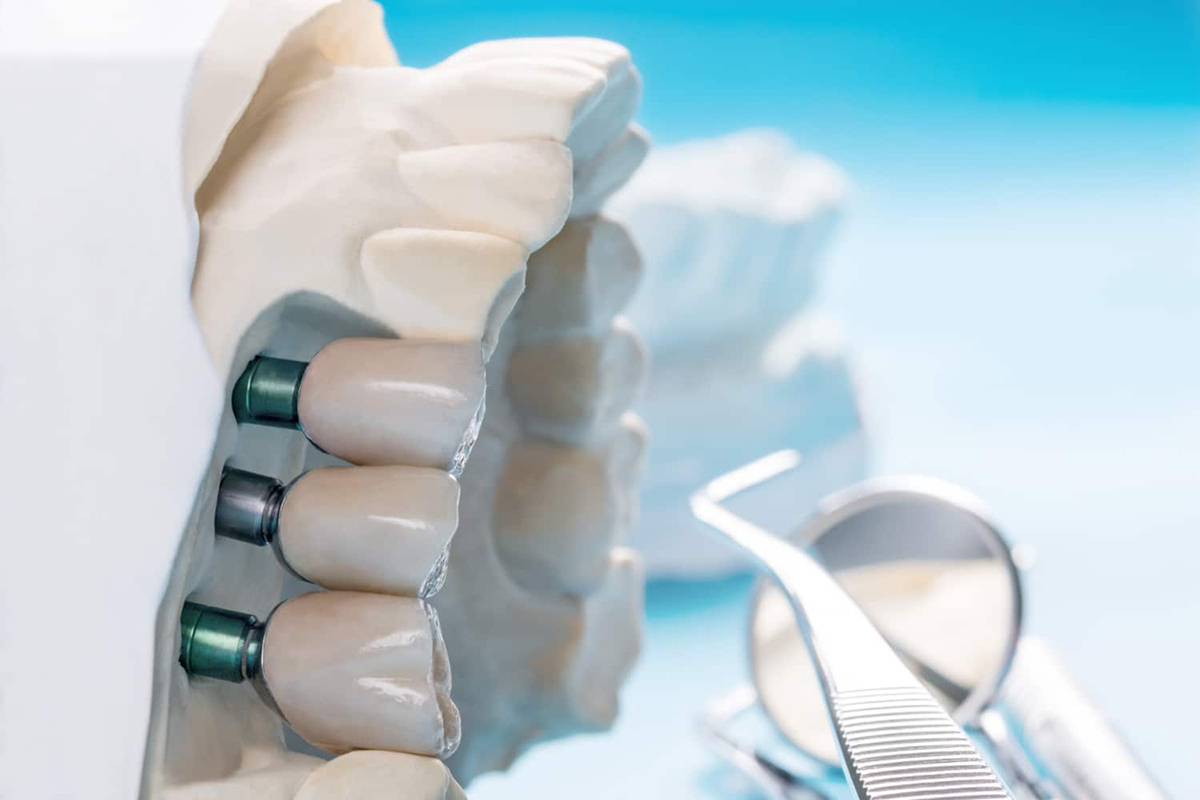

Finance
Why Is Dental Not Covered By Health Insurance
Modified: December 30, 2023
Discover why dental usually isn't covered by health insurance and learn how to manage the financial aspect of your dental care effectively. Explore finance options for dental treatment.
(Many of the links in this article redirect to a specific reviewed product. Your purchase of these products through affiliate links helps to generate commission for LiveWell, at no extra cost. Learn more)
Table of Contents
Introduction
When it comes to health insurance, many people are surprised to find out that dental care is often not included. While health insurance plans typically cover a wide range of medical services, dental care is often treated as a separate entity. This divide between dental care and health insurance can leave individuals and families facing significant out-of-pocket expenses for routine check-ups, cleanings, and more complex procedures.
The exclusion of dental care from health insurance plans has been a long-standing issue that has left millions of people without access to affordable dental services. This has led to a growing concern over the cost of dental care and the impact it can have on overall health and well-being.
Dental care encompasses a wide range of services, including preventative care, restorative procedures, and even cosmetic treatments. From regular cleanings and fillings to root canals and orthodontics, the cost of dental care can quickly add up. Without the coverage of health insurance, many individuals and families find themselves faced with the difficult decision of either forgoing necessary dental treatments or bearing the financial burden on their own.
So why is dental care not covered by health insurance? The answer lies in the way health insurance is structured and the perception of dental care as a separate branch of healthcare. While health insurance aims to cover medical expenses related to illness and injury, dental care is often seen as more preventative in nature. This distinction has led to the exclusion of dental care from traditional health insurance plans.
However, it’s important to note that oral health plays a crucial role in overall well-being. Poor oral health can lead to a range of health issues, including gum disease, tooth loss, and even systemic conditions such as heart disease and diabetes. Despite these connections, the separation between dental care and health insurance continues to persist.
In this article, we will explore the reasons behind the exclusion of dental care from health insurance plans, the factors that contribute to this divide, and alternatives to traditional health insurance for dental coverage. By understanding the complexities of dental care and health insurance, we can work towards finding viable solutions to ensure access to affordable dental services for all.
The Divide Between Dental Care and Health Insurance
One of the main reasons for the divide between dental care and health insurance is the historical separation of dental and medical practices. In the early days of healthcare, dentistry and medicine were considered separate disciplines, with different education and training requirements. This separation has carried over into the modern healthcare system, leading to the distinction between dental care and general health services.
Another reason for the separation is the perception of dental care as more “elective” or “cosmetic” in nature compared to medical care. While medical care is often necessary to treat illnesses and injuries, dental care is seen as primarily preventative or optional. This perception has influenced the way insurance companies structure their plans, leading to the exclusion of dental services.
Furthermore, the cost of dental care also plays a significant role in the exclusion of dental services from health insurance. Dental procedures can be expensive, especially more complex treatments such as root canals, dental implants, or orthodontics. Including dental coverage in health insurance plans would likely raise the overall cost of premiums, which may not be feasible or affordable for many individuals and families.
Additionally, the lack of regulation and standardized pricing in the dental industry makes it challenging for insurance companies to establish consistent coverage and reimbursement rates. Unlike medical services, where costs are often negotiated between providers and insurance companies, dental fees can vary significantly from one provider to another. This variability makes it difficult for insurance companies to accurately assess and assign coverage for dental services.
The exclusion of dental care from health insurance puts a significant financial burden on individuals and families. Routine dental check-ups, cleanings, and treatments can quickly accumulate hefty out-of-pocket expenses. This can deter people from seeking necessary dental care, leading to more significant oral health issues down the line.
Recognizing the importance of oral health as an integral part of overall well-being, some health insurance plans have started to offer limited coverage for certain dental services. However, these offerings are often minimal and may only cover basic preventative care. The majority of individuals and families still have to seek alternative options for dental coverage.
In the next sections, we will explore some of these alternatives to traditional health insurance for dental coverage. These options can provide individuals with more comprehensive dental care at a more affordable price, ensuring that oral health is not neglected due to financial constraints.
The Cost of Dental Care
One of the significant barriers to accessing dental care is the cost associated with it. Dental procedures can be quite expensive, and the lack of insurance coverage often puts a strain on individuals and families who need dental treatment.
The cost of dental care can vary depending on several factors, including the type of procedure, the dentist’s location, and the complexity of the treatment. Routine check-ups and cleanings are generally more affordable, ranging from $50 to $150 on average. However, when it comes to more extensive procedures like fillings, root canals, or dental implants, the costs can significantly increase, ranging from hundreds to thousands of dollars.
For individuals without dental insurance, these costs can be a significant burden. Many people find themselves forced to postpone or even forego necessary dental treatments due to financial constraints. This can lead to more severe oral health issues and potentially costlier and more invasive procedures in the future.
It’s important to note that prevention is key when it comes to oral health. Regular dental check-ups and cleanings can help identify issues early on and prevent more extensive and expensive treatments down the line. However, without insurance coverage, the cost of preventive care can still add up for individuals and families.
In some cases, individuals may have access to discount dental plans or dental savings programs. These programs work similarly to insurance, where members receive discounted rates for dental services from participating providers. While these programs can offer some cost savings, they may not provide coverage for more complex procedures and may have limitations on the available dentists and treatment options.
Understanding the high cost of dental care highlights the importance of exploring alternative options for dental coverage. It’s crucial for individuals to have access to affordable dental care to maintain their oral health and overall well-being.
In the following sections, we will delve into some alternatives to traditional health insurance for dental coverage. These options can help mitigate the financial burden of dental care and ensure that individuals and families have access to the treatment they need without breaking the bank.
The Role of Health Insurance
Health insurance plays a vital role in providing coverage for medical expenses, such as doctor visits, hospitalizations, prescription medications, and more. However, it’s important to understand that health insurance plans typically do not include coverage for dental care.
The primary focus of health insurance is on addressing and treating illnesses, injuries, and medical conditions. It provides financial protection and access to healthcare services when individuals require medical treatments. Health insurance plans are designed to cover a wide range of medical services, including diagnostic tests, surgeries, hospital stays, and medications.
While health insurance covers many essential medical needs, dental care is often considered separate from general health services. This separation stems from historical distinctions and the perception of dental care as preventive or elective rather than essential or medically necessary.
There are a few limited instances where health insurance may provide coverage for dental emergencies that are related to accidents or injuries. For example, if someone sustains a facial injury and requires dental treatment as a result, health insurance may cover a portion of the costs. However, coverage for routine dental check-ups, cleanings, fillings, root canals, or orthodontics is typically not included.
The exclusion of dental care from health insurance plans has left many individuals without the necessary coverage for their oral health needs. Without dental insurance, individuals are responsible for paying for their dental treatments out-of-pocket, which can be costly and burdensome.
It’s important to note that there are exceptions to the separation between dental care and health insurance. Some employer-sponsored health insurance plans may offer a separate dental insurance option that individuals can choose to add to their medical coverage. Additionally, certain government-funded programs, such as Medicaid, may provide some dental coverage for eligible individuals.
Understanding the role of health insurance and its limitations when it comes to dental care highlights the need to explore alternative options for dental coverage. The goal is to ensure that individuals have access to affordable dental treatments and can maintain their oral health alongside their general health.
In the next sections, we will explore some alternatives to traditional health insurance for dental coverage that can help bridge the gap and provide individuals with the dental care they need.
Factors Affecting the Exclusion of Dental Care
There are several factors that contribute to the exclusion of dental care from traditional health insurance plans. These factors have shaped the way insurance companies structure their coverage and have resulted in the separation of dental care from general health services.
One of the main reasons for this exclusion is the historical separation of dental and medical practices. Dentistry and medicine have traditionally been seen as distinct disciplines, with different education, training, and licensing requirements. This historical divide has permeated the healthcare system, leading to the differentiation between dental care and medical care.
Another factor is the perception of dental care as more preventive or elective compared to medical care. While medical care is often necessary to address illnesses and injuries, dental care is often viewed as primarily focused on preventive measures, such as check-ups, cleanings, and education on oral hygiene. This perception has contributed to the separation of dental care from general health services.
Financial considerations also play a significant role in the exclusion of dental care. Dental procedures can be expensive, and including comprehensive dental coverage in health insurance plans would likely increase the cost of premiums. This can pose challenges for individuals and families who may struggle to afford higher premium rates. Insurance companies must balance the financial feasibility of including dental services with the overall affordability of health insurance plans.
The lack of regulation and standardized pricing within the dental industry is another factor that affects the inclusion of dental care in health insurance. Unlike medical services, where costs are often negotiated between providers and insurance companies, dental fees can vary significantly from one dentist to another. This variability makes it difficult for insurance companies to establish consistent coverage and reimbursement rates for dental services.
Furthermore, dental care often requires specialized equipment and materials that may not be covered by general health insurance plans. For example, dental procedures may require specific instruments, anesthesia, or laboratory costs. The need for specialized resources adds another layer of complexity to the inclusion of dental care in health insurance coverage.
These factors collectively contribute to the exclusion of dental care from health insurance plans. However, it’s essential to recognize the impact of oral health on overall well-being and seek alternatives to ensure accessible and affordable dental care for individuals and families.
In the next sections, we will explore some alternative options for dental coverage that can help address the limitations of traditional health insurance plans and provide individuals with greater access to dental care.
Alternatives to Traditional Health Insurance for Dental Coverage
For individuals seeking dental coverage outside of traditional health insurance plans, there are several alternatives that can provide access to affordable dental care. These alternatives aim to bridge the gap between dental care and health insurance, ensuring that individuals and families have options for maintaining their oral health.
1. Dental Discount Plans: Dental discount plans are membership-based programs that offer discounted rates for dental services. Members pay an annual or monthly fee to access a network of dentists who have agreed to provide discounted rates for their services. While not insurance, these plans can help individuals save a significant amount on dental treatments. It’s important to note that discounts vary based on the specific plan and provider.
2. Dental Savings Accounts: Dental savings accounts are similar to health savings accounts (HSAs) but specifically for dental expenses. Individuals can contribute pre-tax dollars to these accounts to be used for dental treatments. These accounts can help individuals save for routine dental care or more extensive procedures and offer tax advantages. However, it’s essential to check the eligibility criteria and any restrictions associated with dental savings accounts.
3. Dental Cooperative Organizations: Dental cooperative organizations are community-based initiatives that aim to provide cost-effective dental care by pooling resources and negotiating discounted rates with dental providers. These organizations may offer membership plans or access to low-cost clinics or dentists who are part of the cooperative.
4. Direct Primary Care Agreements: Direct primary care agreements, commonly referred to as “membership dentistry,” involve a direct financial arrangement between patients and dentists. Instead of relying on insurance, individuals pay a monthly or annual fee to their dentist to have access to a range of dental services. These agreements often include preventive care, basic treatments, and discounts on more complex procedures.
5. Employer-Sponsored Dental Plans: Some employers offer dental insurance options as part of their employee benefits package. These plans may provide coverage for routine dental care, basic treatments, and even orthodontics. However, it’s important to review the coverage details and any out-of-pocket costs associated with these plans.
6. Government-Sponsored Programs: Depending on eligibility, individuals may have access to government-funded programs that provide dental coverage. Programs such as Medicaid and the Children’s Health Insurance Program (CHIP) may offer dental benefits for eligible individuals, particularly children and low-income adults.
It’s crucial to carefully research and evaluate these alternatives to determine which option best suits individual needs and budget. It’s also essential to review the coverage details, network of providers, and any limitations or exclusions associated with these alternatives.
By exploring these alternatives, individuals can find ways to obtain the dental care they need without solely relying on traditional health insurance plans. These options can help ensure that oral health is not neglected due to financial constraints, ultimately contributing to better overall well-being.
The Importance of Oral Health
Understanding the importance of oral health is crucial in recognizing the need for accessible dental care. Oral health goes beyond having a bright smile and fresh breath. It plays a vital role in overall well-being and can have a significant impact on one’s quality of life. Here are some key reasons why oral health is essential:
1. Prevention of Dental Diseases: Regular dental check-ups and cleanings can help prevent oral health issues such as tooth decay, gum disease, and oral infections. Early detection and treatment of these conditions can prevent further complications and the need for more invasive and costly procedures.
2. Maintaining Overall Health: Good oral health is closely linked to overall health. Research has shown that poor oral health is associated with an increased risk of systemic conditions such as heart disease, diabetes, respiratory infections, and even pregnancy complications. Taking care of oral health can contribute to better overall health and well-being.
3. Improved Digestion and Nutrition: Healthy teeth and gums are essential for proper chewing and digestion of food. Maintaining a healthy mouth enables individuals to enjoy a varied and balanced diet, ensuring they receive essential nutrients for optimal health.
4. Confidence and Self-Esteem: Oral health not only affects physical well-being but also has psychosocial implications. A healthy smile can boost confidence and self-esteem, improving social interactions and overall quality of life.
5. Early Detection of Systemic Diseases: During oral exams, dentists can often identify signs and symptoms of certain systemic diseases or conditions. These include diabetes, oral cancers, vitamin deficiencies, and autoimmune disorders. Dental visits can act as an opportunity for early detection and referral for appropriate medical care.
6. Preventing Tooth Loss: Proper oral hygiene, regular dental visits, and timely treatment can significantly reduce the risk of tooth loss. Maintaining a full set of teeth is essential for proper speech, biting, and chewing, ensuring optimal oral function.
7. Early Intervention for Orthodontic Issues: Regular dental visits allow for the early detection of orthodontic issues in children. Early intervention and orthodontic treatment can help correct misaligned teeth, jaw discrepancies, and bite problems, preventing future complications and improving oral function and aesthetics.
Understanding the significance of oral health emphasizes the importance of access to affordable dental care. Having access to dental services and coverage can ensure that individuals are proactive in maintaining their oral health and addressing any issues promptly.
As we continue to explore alternative options for dental coverage, it is vital to remember that oral health is an integral part of overall well-being. By prioritizing oral health and seeking appropriate dental care, individuals can take proactive steps towards achieving optimal health and a smile they can confidently share with the world.
Conclusion
The divide between dental care and health insurance has left many individuals and families facing the financial burden of dental expenses. Understanding the factors behind this separation, such as historical divisions, perceptions of dental care, and cost considerations, helps shed light on the challenges in obtaining comprehensive dental coverage.
While traditional health insurance plans generally do not provide coverage for dental care, there are alternative options available. Dental discount plans, dental savings accounts, dental cooperative organizations, direct primary care agreements, employer-sponsored dental plans, and government-sponsored programs offer individuals avenues to access affordable dental care.
Recognizing the importance of oral health in overall well-being is crucial. Poor oral health can lead to various health issues and impact quality of life. Regular dental check-ups, preventive treatments, and early intervention for dental diseases are key to maintaining oral health and preventing further complications.
By exploring alternative dental coverage options and prioritizing oral health, individuals can ensure that they receive the necessary dental care without facing overwhelming financial burdens. Accessible and affordable dental care is essential for individuals and families to maintain good oral health and overall well-being.
It is important for individuals to research and evaluate the available alternatives to find the best option that suits their needs and budget. Taking proactive steps towards obtaining dental coverage enables individuals to address their oral health needs and contribute to their overall health and quality of life.
As we move forward, bridging the gap between dental care and health insurance becomes more vital. Advocating for comprehensive dental coverage and emphasizing the importance of oral health can lead to a healthcare system where accessible and affordable dental care is a reality for everyone.
Ultimately, by recognizing the integral role that oral health plays in overall well-being and seeking alternative options for dental coverage, we can work towards a future where dental care is not just a separate entity, but an integral part of comprehensive healthcare.
